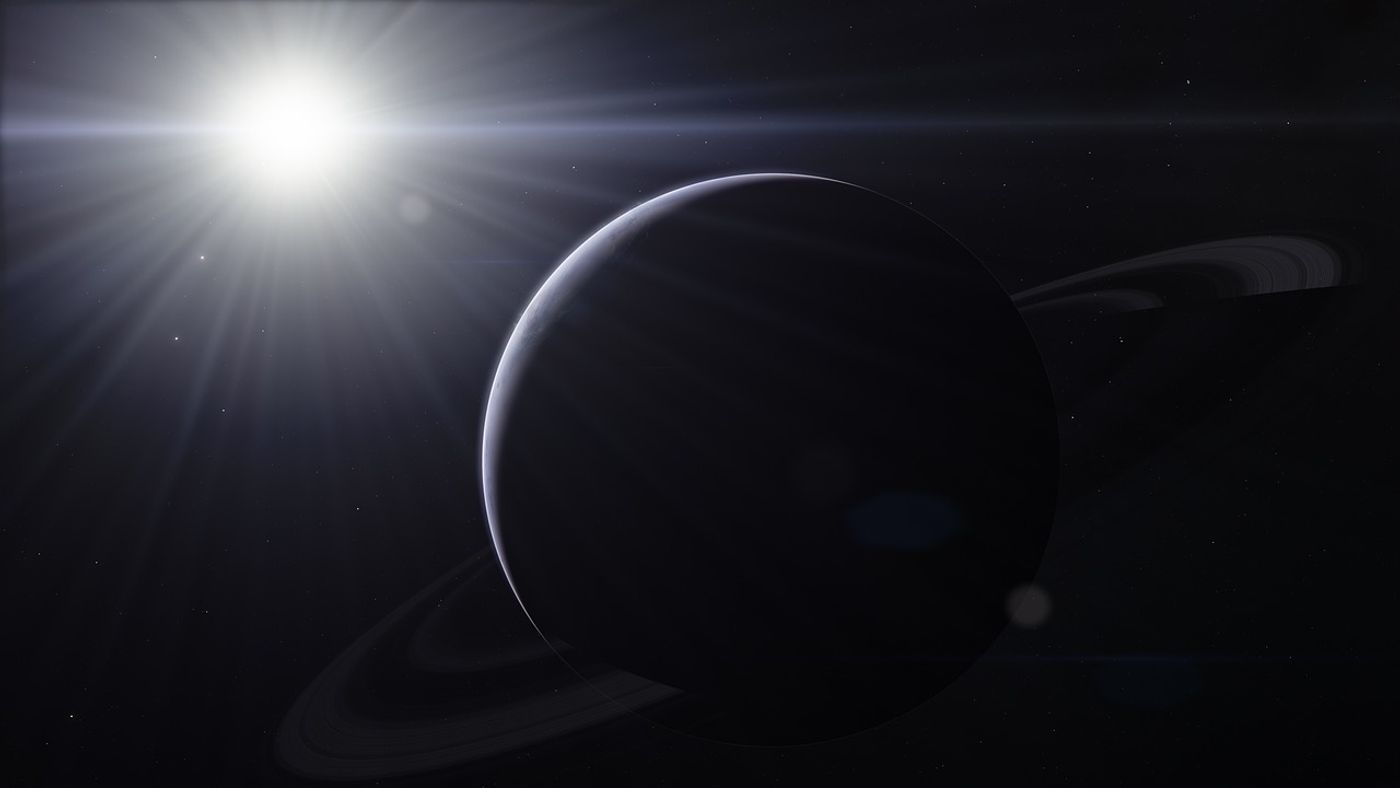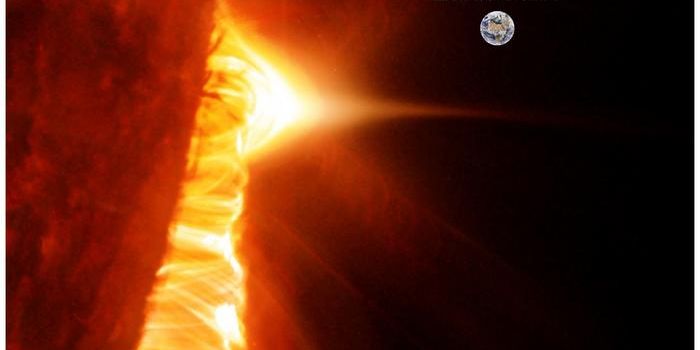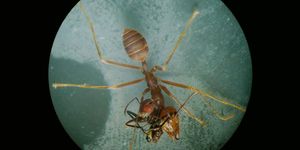Is This One of the Darkest Exoplanets Ever Found?
Astronomers are always discovering new exoplanets, and each one exhibits unique characteristics that set it apart from the rest. One of the most significant characteristics that astronomers analyze after discerning an exoplanet is how reflective its visible surface is; this feature is commonly recognized in the scientific community as the exoplanet’s albedo level.
Image Credit: Pixabay
While some exoplanets reflect substantial amounts of light and appear bright to astronomers, others absorb most light and appear darker instead. On the other hand, few dark exoplanets compare to that of a recent find dubbed WASP-104b.
Citing a paper published on arXiv.org, researchers from Keele University describe WASP-104b as what could be one of the darkest exoplanets found to date. Its non-reflective atmosphere is said to absorb anywhere between 97-99% of the visible light that strikes it, putting it right on par with top contenders, like TrES-2b and HAT-P-7b, just to name a few.
“From all the dark planets I could find in the literature, this is top five-ish,” said Teo Močnik, the lead author of the paper. “I think top three.”
Related: Hubble reveals the light-absorbing qualities of a hot Jupiter-like exoplanet
WASP-104b is a hot Jupiter-like exoplanet that orbits a yellow dwarf star in a tidally-locked fashion from just 4.3 million miles away. Furthermore, its orbit is so tight that it takes only 1.75 Earth days to circle the star.
The researchers say that WASP-104b’s tidally-locked nature may contribute to its non-reflective properties. The exoplanet’s proximity to its host star makes the star-facing side too hot for clouds to exist. That said, they all coagulate on the side that doesn’t face the star, resulting in an ultra-dense atmosphere that absorbs more light than it reflects.
These particular characteristics give the researchers subtle clues about the exoplanet’s atmospheric composition. Their best guess is that it may be comprised of potassium and atomic sodium, which could give the exoplanet a purple hue. But it’s hard to be sure since we can’t image the distant exoplanet directly.
It should be interesting to see whether future observations reveal additional details about WASP-104b. But for now, astronomers will continue searching for more exoplanets.
Source: Phys.org









